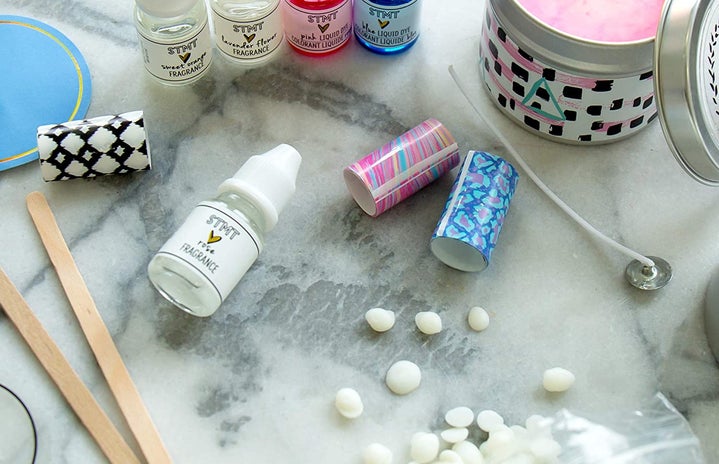The abundance of products that make our daily lives easier and more convenient may come with consequences. One of these downsides is very well known: the pollution of our Earth. But one thing that many of the companies in our capitalist society want us to forget about is the pollution that we are putting in and on ourselves. From the supposed wellness industry, to makeup products, to the synthetic fibers in our clothes, our bodies are nearly overwhelmed by the amount of toxins they are constantly bombarded with. For example, in a recent study publicly published by the EPA, it was found that 52% of the most common cosmetic products contained high amounts of Fluorine, the dangerous chemical in PFAS (polyfluoroalkyl compounds) that can cause long lasting damage and an increased chance of developing cancer, a weakened immune system, and a host of other detrimental health effects.These chemicals are called forever chemicals because the human body has no way of processing them, and as such they build up in your body over time.
Now, some of these especially toxic products are regulated by the Environmental Protection Agency (EPA) and/or the Food and Drug Administration (FDA). However, there are still many ingredients that are left up to company discretion to report. One of the key loopholes in policy regulation is regarding fragrances as they are classified as industry “trade secrets.” Synthetic fragrances are most often derived from petrochemicals which contain known toxins that can cause cancer, birth defects, nervous-system disorders, and horrific allergic reactions. Furthermore, in an independent study done by the Environmental Working Group (EWG), it was found that 75% of the products listing fragrance as an ingredient tested contained phthalates. Phthalates are known hormone disruptors and can result in diabetes, obesity, lower sperm count, birth defects in male reproductive system, early puberty, breast cancer, and a slew of other negative health consequences. It is extremely important to be aware of what scented products contain, especially when you are giving these chemicals direct access to your bloodstream through a process known as transdermal absorption. These forever chemicals are now in your body, and the problem with them is that they are, well, there forever and wreaking havoc on your body the whole time.
This information can be incredibly alarming and raises the question “what can I do about it?” For one, just as you read nutritional labels for your food, read the ingredient list. If a product simply lists “fragrance,” your alarm bells should start going off. And this does not only apply to lotions but to antiperspirants and deodorants, candles, laundry detergent, wipes, perfumes and colognes, etc. A smart general step to take here as well is to just purchase unscented products. This is not to say that all scented products are bad. For example, products that contain scent explicitly labeled through plant based means, like essential oils, are generally less toxic and contain fewer harmful chemicals.
Personally, I went through my Bath and Body Works extravaganza phase, but after learning about the long term health effects of these substances, I made the decision that these lotions and soaps were simply not worth the immediate scented satisfaction. Hopefully this knowledge of the dangers of fragrances was helpful in some capacity and may even help you purge some of the 3000 plus dangerous chemicals that the typical American absorbs, inhales, and ingests daily.


